Nandina, Heavenly Bamboo, Sacred Bamboo

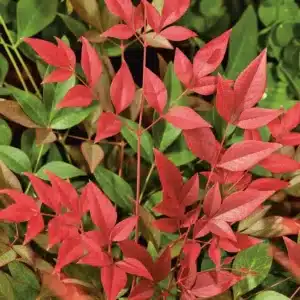
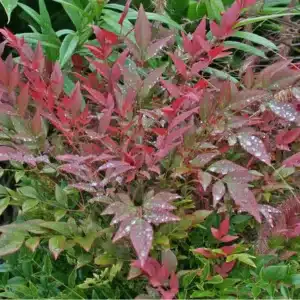
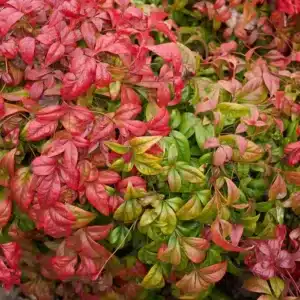
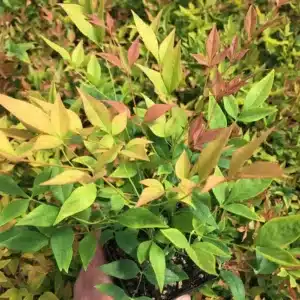
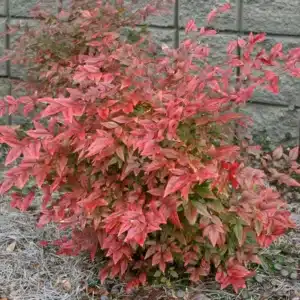

Nandina develops best when planted in full sun in rich fertile soil with adequate moisture and good drainage. The recommended propagation method is by seed.
Nandina is easily grown with no need for staking. Nandina grows best with uniform moisture but it is drought tolerant once established. The plants are best watered into the root zone to avoid leaf diseases. Otherwise, watering should occur in the early morning to allow the plant leaves to dry quickly.
Nandina will respond to the moderate application of slow-release balanced fertilizer (10-10-10) in the spring and late summer.
Broken canes or canes with deformities should be cut to the ground level in order to avoid a loose uneven appearance.
Nandina is subject to bacterial leaf scorch due to Xylella fastidiosa which is spread by feeding insects. Nandian Virus is also transmitted by insects and results in red mottling on new leaves. Powdery mildew and root rot may occur in cases of excess watering.












